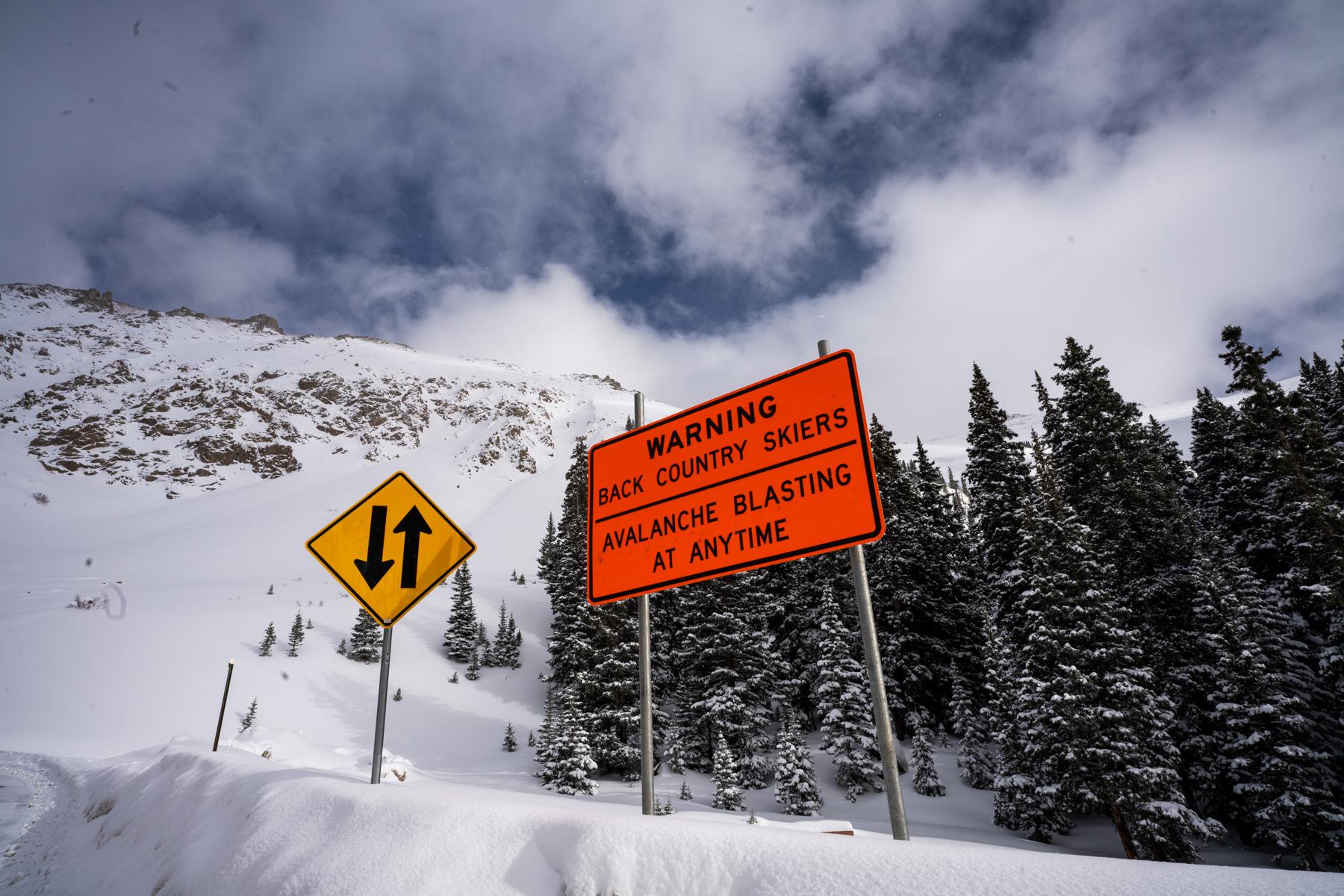
Conditions across the state are warming, and in the mountains, that means more avalanche hazards.
The chance of “wet avalanches” increases when snowpack melts in the springtime. Those types of avalanches occur when layers of snow beneath the surface become unstable due to increased moisture. Colorado's snowpack is 38 percentage points higher than the median for this time of year, according to the National Water and Climate Center. That means there’s even more potential runoff than normal.
Brian Lazar, deputy director of the Colorado Avalanche Information Center, said the high amount of snow that’s fallen this winter has contributed to the high risk of wet avalanches. The state’s high-elevation areas have received snowfall as recently as the final week of April.
“As that cold snow warms up and sees sun after the storm leaves, it will tend to sheet off the underlying crust and produce kind of long-running wet avalanche activity, which is also what we saw over the last couple days,” Lazar said.
Lazar said wet avalanche activity will likely drop off once higher temperatures become more consistent and snowpack melts, but there will still be plenty of risk for backcountry skiers and other outdoor recreators in the coming weeks. He said anyone going out into the snow should be extra careful.
“Outside of checking your forecast, you want to make sure you're still carrying your minimum required rescue gear, which includes an avalanche transceiver, a shovel, and a probe,” Lazar said.
A man died near Breckinridge over the weekend after he was caught in a slide, becoming Colorado's 11th avalanche fatality this snow season. One more recreational fatality will tie the state's all-time record, set in 1993.









